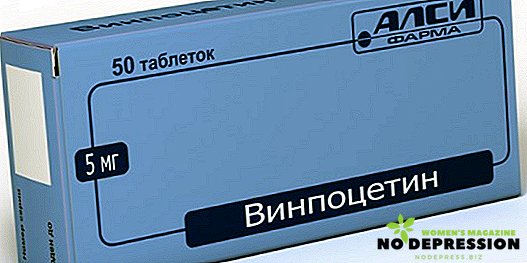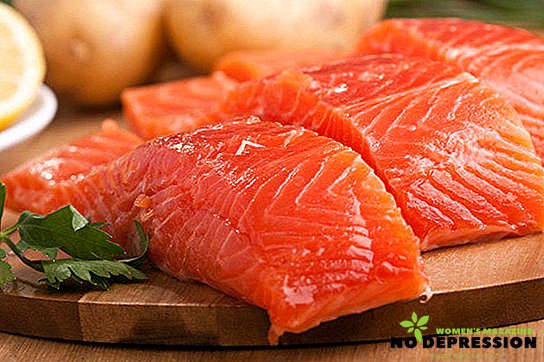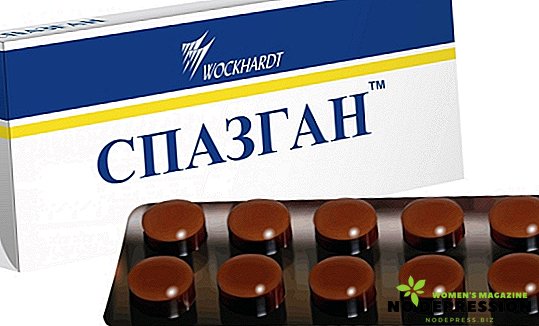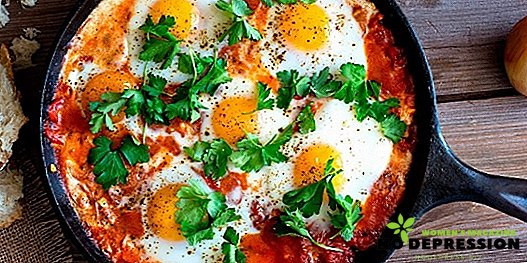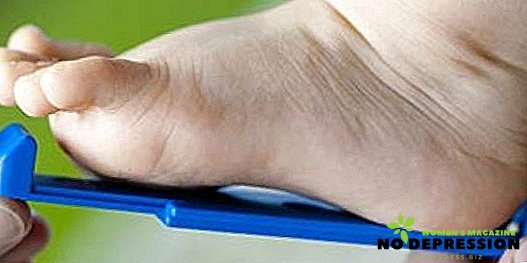In the kitchen, sometimes you have to follow the clear instructions of the recipes, where the quantities of ingredients in mass units are spelled out. Not everyone has a kitchen scale, so knowing how many grams of a product is in all known tea, tablespoons and glasses.
The article will show the mass of various products in a teaspoon.
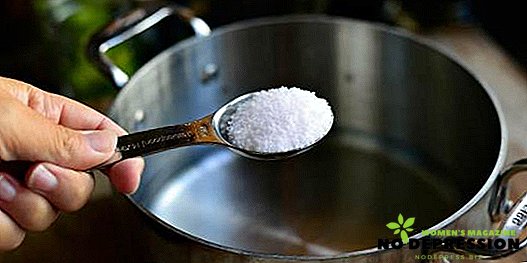
Loose products in a teaspoon
So, we will consider the basic and most often measured by teaspoons ingredients, namely - loose. So, how many grams in a teaspoon of bulk products? All substances have different densities, and therefore the same volumes have different masses.
Take, for example, salt and citric acid. Their densities are 2.165 and 1.665 g / cm.3 respectively. Hence, their mass in the volume of a teaspoon will be different, namely 10.8 and 8.3 grams. The volume of this cutlery is exactly 5 ml (cm3), that is, in this case, it is sufficient to multiply 5 by the density that corresponds to the desired product.
Of course, not everyone will want to go on the Internet in order to find the density of all the products that are added during cooking. I, as the author of this article, really became curious and I calculated the masses of various products in a given volume.

Not all of them could be calculated, so the weighing method was used here:
| Product | Mass in grams |
| Salt | 7 |
| Bran | 8 |
| Sugar | 8 |
| Lemon acid | 8 |
| Ground black pepper | 5 |
| Ground red pepper | 5 |
| Ground Paprika | 5 |
| Wheat flour | 10 |
| Powdered milk | 5 |
| Ground crackers (breading) | 5 |
| Soda | 12 |
| Egg powder | 10 |
| Mustard powder | 4 |
| Rice flour | 10 |
| Buckwheat flour | 10 |
| Corn flour | 10 |
| Ground cinnamon | 8 |
| Ground coffee | 7 |
| Starch | 10 |
| Poppy | 5 |
| Cocoa powder | 9 |
| Gelatin | 5 |
| Ground nuts | 10 |
| Turmeric | 6 |
| Rosemary | 4 |
| Thyme | 4 |
| Powdered sugar | 10 |
| Dry yeast | 3 |
| Carnation | 5 |
This is interesting: a bit of history.
A teaspoon is an English invention, which originates from the time when tea appeared in England, and the size of the cutlery to the modern size was only by 1710. At that time, the East India Company began to massively purchase products in China, which provoked a decrease in prices and an increase in tea cups and, as a result, spoons.
However, pharmacists used them and used as an informal measure of volume. There is a whole system, which, by the way, is still alive in the UK and the USA, and it is called English.
Until now, in America, the measures of this old system are used everywhere for all the necessary measurements: miles, gallons, teaspoons, coffee spoons, quarts, ounces and pounds, as well as many other larger and smaller units.
"Gorochka"
Having dealt with the content of the product within the volume that liquids in a spoon can hold, a new question is brewing: how many grams per teaspoon with a slide? And here there is a dependence on the structure of the substance itself, but I will not burden the reader with unnecessary difficulties and will reveal the secret right away. Mass "with a slide" will differ by about 1/5 from the original.

Other products
With regards to other products, including a lot of liquid and viscous, structureless and viscous substances, it should be noted that everything is somewhat simpler - they are usually measured in volumes, but with the same honey or raw yeast it does not work.
So, how many grams per 1 teaspoon of these products? In this case, approximately the same approach is used when calculating the amount of product in a teaspoon.
As already mentioned, the volume of liquid placed in it is 5 ml.
Thus, any liquid in precisely this quantity will be represented in it when it is recruited. As for viscous and other substances, the table below shows the mass values of the products according to the principle used above.
| Product | Mass in grams |
| Condensed milk | 6,5 |
| Honey | 8-15 (depending on the species) |
| Raw yeast | 12-13 |
| Tomato Paste | 10 |
| Cream | 5 |
| Melted butter | 8 |
| Nut butter | 12 |
| "Nutella" | 12 |
| Mustard | 4 |
| Ketchup | 6 |
| Mayonnaise | 10 |
| Sour cream | 10-15 |
How to determine the exact weight of products without weights
Scales are not in every kitchen, but recipes often indicate specific units of weight and volume of ingredients, so somehow you need to know how much of a product is put in the dishes. And since there are very few true magicians and wizards among us, the measurement of mass without anything at all is fraught with large errors.
So, talking about how there are ways to measure mass without special devices, you should immediately turn to the most proven methods:
- Measurement in vessels with a known volume or with applied measurements;
- Calculate approximately the right amount from the packs.

Known volumes have a lot of kitchen vessels: a glass, mugs (their volumes can be measured by pouring water from a glass), as well as measuring glasses from immersion blenders and similar equipment. In the same way as for a teaspoon, it can be calculated here through density, but not in all cases it is possible, for this there is a ready-made table with the weight of different products.
The glass can be filled to the top or to the border, which has some difference in volume - 50 ml.
| Product | Mass in grams |
| Salt | 255 |
| Sugar | 160 |
| Flour | 130 |
| Cream | 200 |
| Sour cream | 200 |
| Powdered sugar | 160 |
| Starch | 160 |
| Cocoa powder | 120 |
| Raisins | 150 |
| Beans | 175 |
| Hazelnut | 130 |
| Buckwheat | 170 |
| Semolina | 160 |
| Pearl barley | 185 |
| Barley grits | 145 |
| Cornflakes | 40 |
| Cereals | 80 |
| Wheat flakes | 50 |
| Peanut | 140 |
| Almond | 130 |
So, products that can be collected in dishes or cutlery to measure without weights is quite simple, since there are some standards for them. But with fruits and vegetables, things are not so simple, especially with those that do not need to be crushed into a homogeneous mass according to the recipe.
In this case, their mass is measured in approximately the same way as described above. When you need pieces of apples, orange slices, it is often easier and more convenient to measure the number of fruits themselves. Yes, not without the fact that they are different in size, but, nevertheless, this question can be solved by visual determination of the required quantity.
Following these tips, you can always accurately and accurately add the necessary ingredients in exactly the quantities in which it is written in recipes. Save your spreadsheets and put them in the kitchen so that if necessary you can refer to the source and not lose precious time searching in the Internet.
And a little more information about measuring the weight of products without weights - in the next video.


